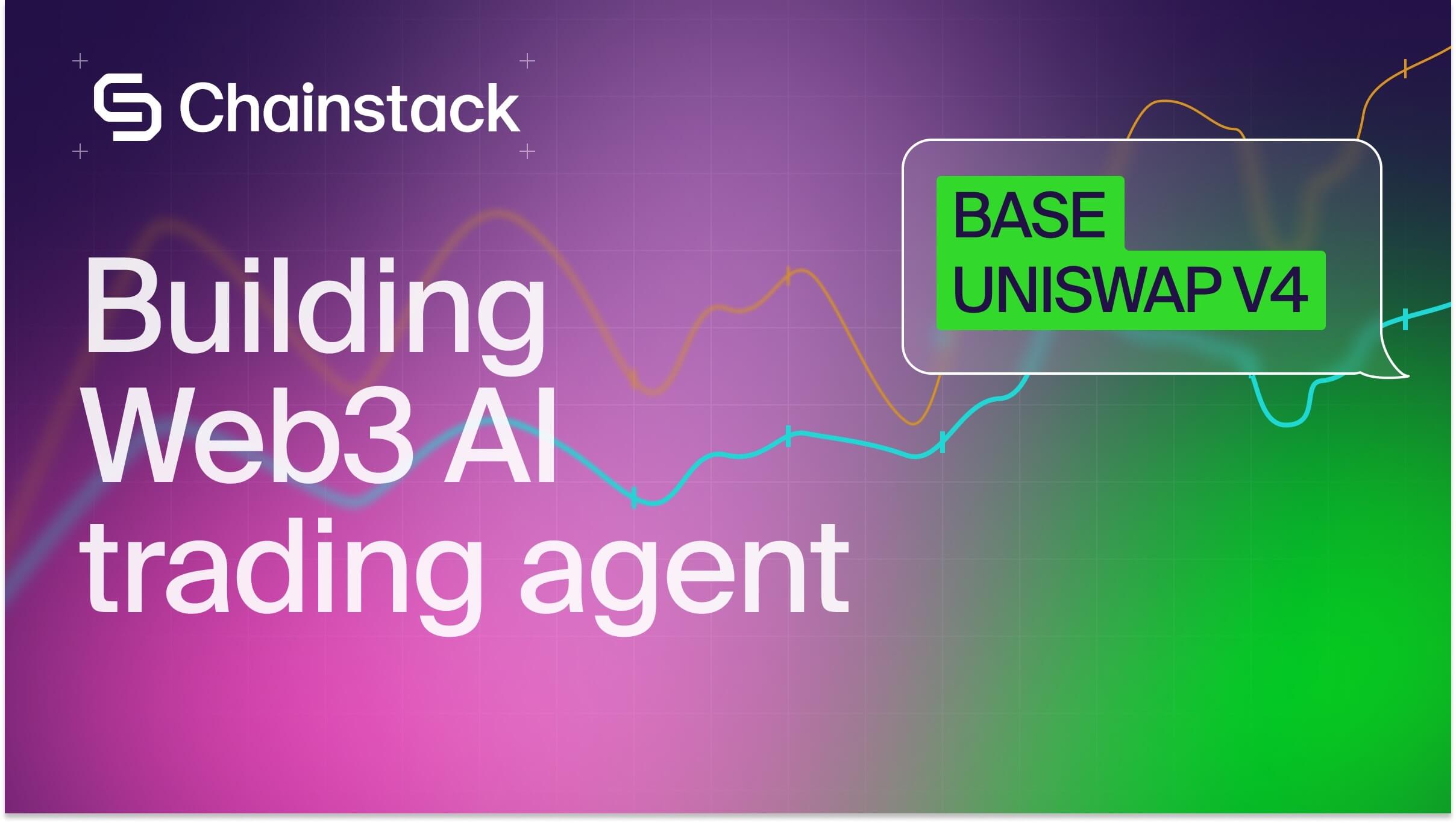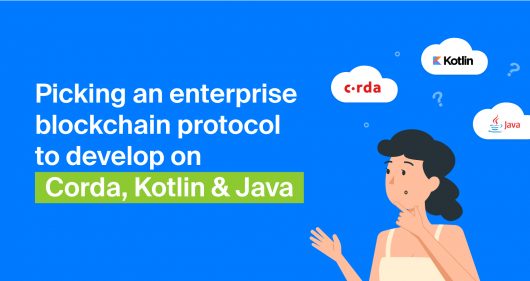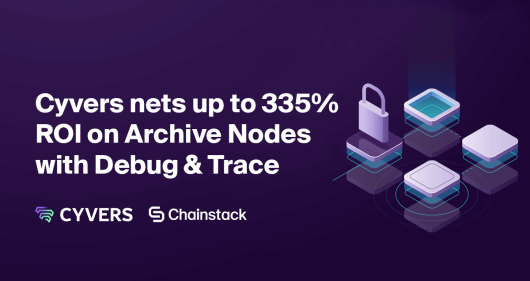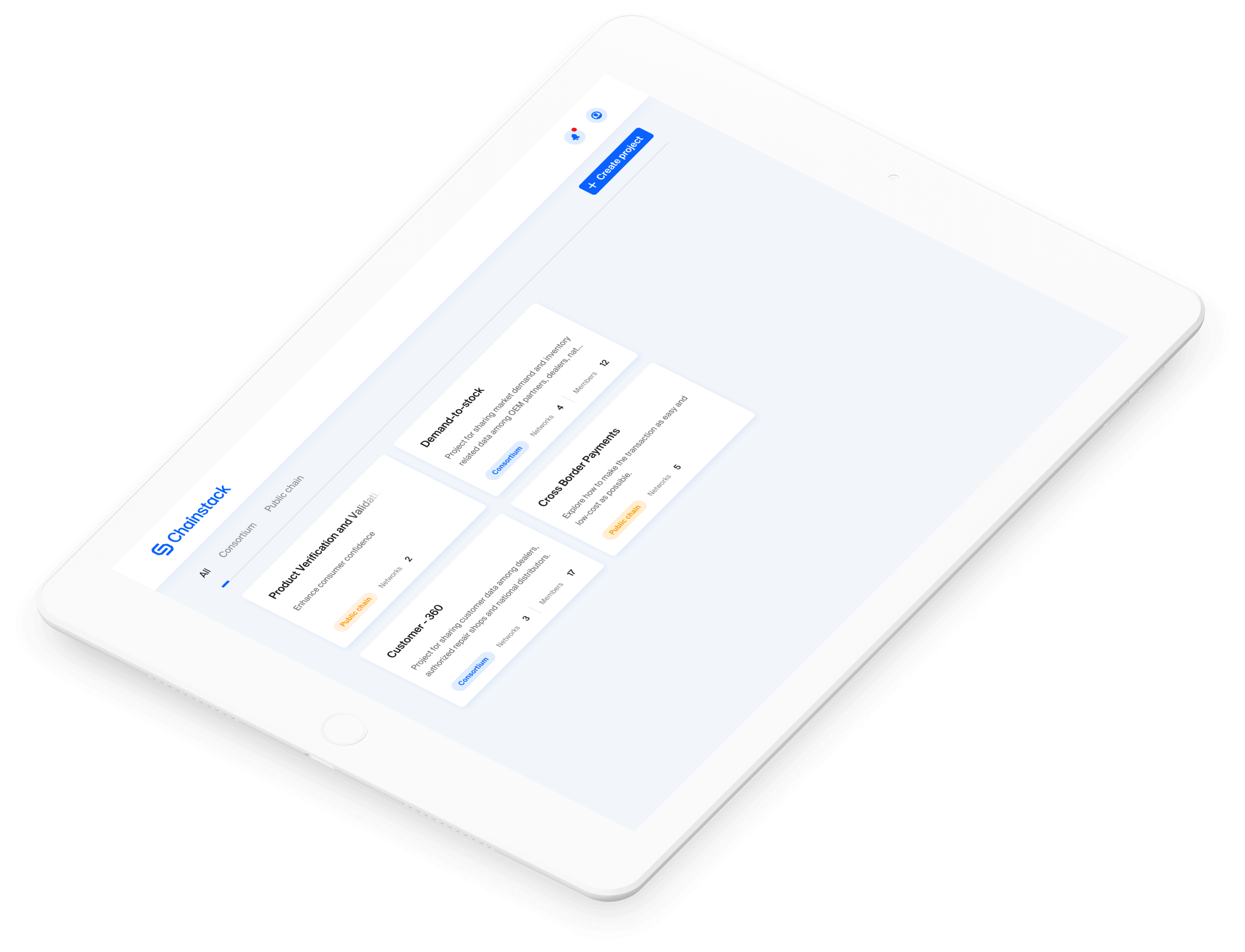How to connect to Zircuit RPC for smart contracts
Built with proof aggregation and a hybrid design, Zircuit is a zk rollup for Ethereum developers. Running smart contracts and processing transactions in real time requires stable RPC, and here’s how Dedicated Nodes on Chainstack make that possible.
Zircuit is a zk rollup built for Ethereum developers, combining proof aggregation with a hybrid architecture to keep gas fees low and smart contracts fully EVM compatible. It extends the Ethereum network while giving builders a secure environment to deploy production workloads.
Over time, Zircuit has become a strong choice for teams building DeFi protocols and liquid restaking tokens, with hundreds of millions already staked. The appeal is obvious: an EVM-compatible rollup designed to run production contracts safely and at scale, with RPC access as the entry point to start building.
But to understand why, let’s look closer at what it is and how it works.
What is Zircuit?
As mentioned, Zircuit uses a hybrid architecture with proof aggregation. A key differentiator is Sequencer Level Security (SLS), an AI-powered layer at the sequencer that inspects transactions in real time and can quarantine suspicious activity before block inclusion.
When building, this comes in handy because this closes the gap where many exploits occur, improves ordering predictability, and keeps costs in check while staying fully EVM compatible. Add modular proof aggregation that rolls subproofs into a single validity proof, plus faster settlement once proofs verify, and you get a rollup that can handle production workloads without forcing you to change your Ethereum toolchain.
The result is a rollup tuned for jobs where security and timing decide outcomes. That covers DeFi protocols chasing reliable order flow, restaking projects moving large sums, and systems that trigger on live data or automated execution.
Choosing Your Connection: Public vs. Private Zircuit RPC Endpoints
The choice between public and private access completely depends on what you’re building. Public endpoints are fine for testing and lighter workloads, though they can run into rate limits or inconsistent latency. For production-grade dApps or financial protocols, a private RPC provides the stable throughput and uptime needed to handle traffic at scale.
To help you decide, here’s a quick comparison:
| Feature | Public Zircuit RPC | Private Zircuit RPC |
| Cost | Free, community/shared | Paid, reserved capacity |
| Performance | Often limited, risk of throttling and outage | High performance, scalable depends on requirements |
| Latency | Variable, can spike under load | Consistent, low-latency response times |
| Throughput | Shared bandwidth | Ultra-high throughput, isolated performance |
| Access control | None or minimal | IP whitelisting, key gating, access rules |
| Debug/trace APIs | Sometimes unavailable | Typically enabled |
| Best for | Testing, dashboards, light apps | Production dApps, trading bots, DeFi protocols, high-traffic services |
While public RPC is fine to start with, it won’t hold up once you’re shipping to real users or moving size. At that point, you can either spin up your own node or go with a provider like Chainstack if you want less overhead, more features, and flat-fee pricing that stays predictable. So in the next section, let’s take a look at the costs.
How much does it cost to run a Zircuit RPC?
If you host it yourself, running an OP Stack–based node for Zircuit means covering hardware, bandwidth, storage, and ongoing maintenance. Also, there’s no full node guide in the docs yet. Costs swing depending on your setup and the level of redundancy you need, which is why most teams choose a provider instead of rolling their own.
With providers, you’ll usually see usage-based or tiered pricing. On Chainstack, that means a Dedicated Node paired with a Pro plan at a flat monthly rate. It’s simpler to budget, and you don’t have to worry about surprise overages.
To get an estimate, explore the pricing options here and see what fits your project.
How to get a private Zircuit RPC URL
So you’ve decided to move to a private RPC. That’s a good call — once you’re dealing with real users or moving capital, stability matters more than anything. If you go with Chainstack, you get a Zircuit node that runs in its own secure environment, backed by 99.9% uptime, and it speaks standard JSON-RPC so it drops right into Hardhat, Foundry, ethers.js, or web3.py.
How to set up a Zircuit RPC in a wallet or app
To connect directly, add Zircuit as a custom network in your wallet or dev tooling:
Mainnet
- Chain ID: 48900
- RPC URL: https://mainnet.zircuit.com
- Currency symbol: ETH
- Explorer: https://explorer.zircuit.com
Garfield Testnet
- Chain ID: 48898
- RPC URL: https://garfield-testnet.zircuit.com
You can also add Zircuit through Chainlist for a one-click setup. And if you’re using a Chainstack Dedicated Node, replace the public RPC URL with your private endpoint once it’s provisioned (it will work with the same settings).
Wrapping up
We’ve walked through what Zircuit brings to the table, how its RPC endpoints fit in, and the choices you have for connecting. If you’re building DeFi, liquid restaking, or anything that depends on predictable sequencing and steady infra, the RPC setup is where it all starts.
Power-boost your project on Chainstack
- Discover how you can save thousands in infra costs every month with our unbeatable pricing on the most complete Web3 development platform.
- Input your workload and see how affordable Chainstack is compared to other RPC providers.
- Connect to Ethereum, Solana, BNB Smart Chain, Polygon, Arbitrum, Base, Optimism, Avalanche, TON, Ronin, zkSync Era, Starknet, Scroll, Aptos, Fantom, Cronos, Gnosis Chain, Klaytn, Moonbeam, Celo, Aurora, Oasis Sapphire, Polygon zkEVM, Bitcoin and Harmony mainnet or testnets through an interface designed to help you get the job done.
- To learn more about Chainstack, visit our Developer Portal or join our Discord server and Telegram group.
- Are you in need of testnet tokens? Request some from our faucets. Multi-chain faucet, Sepolia faucet, Holesky faucet, BNB faucet, zkSync faucet, Scroll faucet.
Have you already explored what you can achieve with Chainstack? Get started for free today.
FAQ
Zircuit is an EVM-compatible zk rollup built on an OP Stack–based foundation. It combines proof aggregation, hybrid architecture, and Sequencer Level Security (SLS) to lower gas costs, speed up finality, and make blockchain technology safer to use in production.
Zircuit RPC follows the standard Ethereum JSON-RPC spec. Because the rollup is fully EVM compatible, you can use the same libraries and frameworks you already know—ethers.js, web3.py, Hardhat, Foundry—by pointing them to a Zircuit RPC URL.
Yes. Zircuit supports Solidity contracts and is fully compatible with the Ethereum development stack, so you can keep using your usual frameworks and tools.
Public endpoints are best for testing, dashboards, and lighter workloads. For production deployments or high-traffic apps, private RPC access gives you consistent performance and avoids shared rate limits.
Add Zircuit as a custom network using the official chain ID, RPC URL, and explorer, or add it directly through Chainlist. If you’re on Chainstack, replace the public URL with your private endpoint once it’s ready.
 Ethereum
Ethereum Solana
Solana TON
TON Base
Base BNB Smart Chain
BNB Smart Chain Hyperliquid
Hyperliquid Aptos
Aptos TRON
TRON Ronin
Ronin zkSync Era
zkSync Era Sonic
Sonic Polygon
Polygon Unichain
Unichain Gnosis Chain
Gnosis Chain Sui
Sui Avalanche Subnets
Avalanche Subnets Polygon CDK
Polygon CDK Starknet Appchains
Starknet Appchains zkSync Hyperchains
zkSync Hyperchains



























